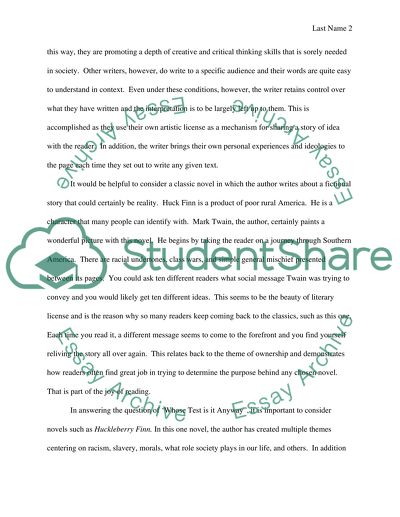Cite this document
(“Whose Text is it Anyway Communication between author and reader Essay”, n.d.)
Retrieved from https://studentshare.org/english/1468742-whose-text-is-it-anyway
Retrieved from https://studentshare.org/english/1468742-whose-text-is-it-anyway
(Whose Text Is It Anyway Communication Between Author and Reader Essay)
https://studentshare.org/english/1468742-whose-text-is-it-anyway.
https://studentshare.org/english/1468742-whose-text-is-it-anyway.
“Whose Text Is It Anyway Communication Between Author and Reader Essay”, n.d. https://studentshare.org/english/1468742-whose-text-is-it-anyway.


